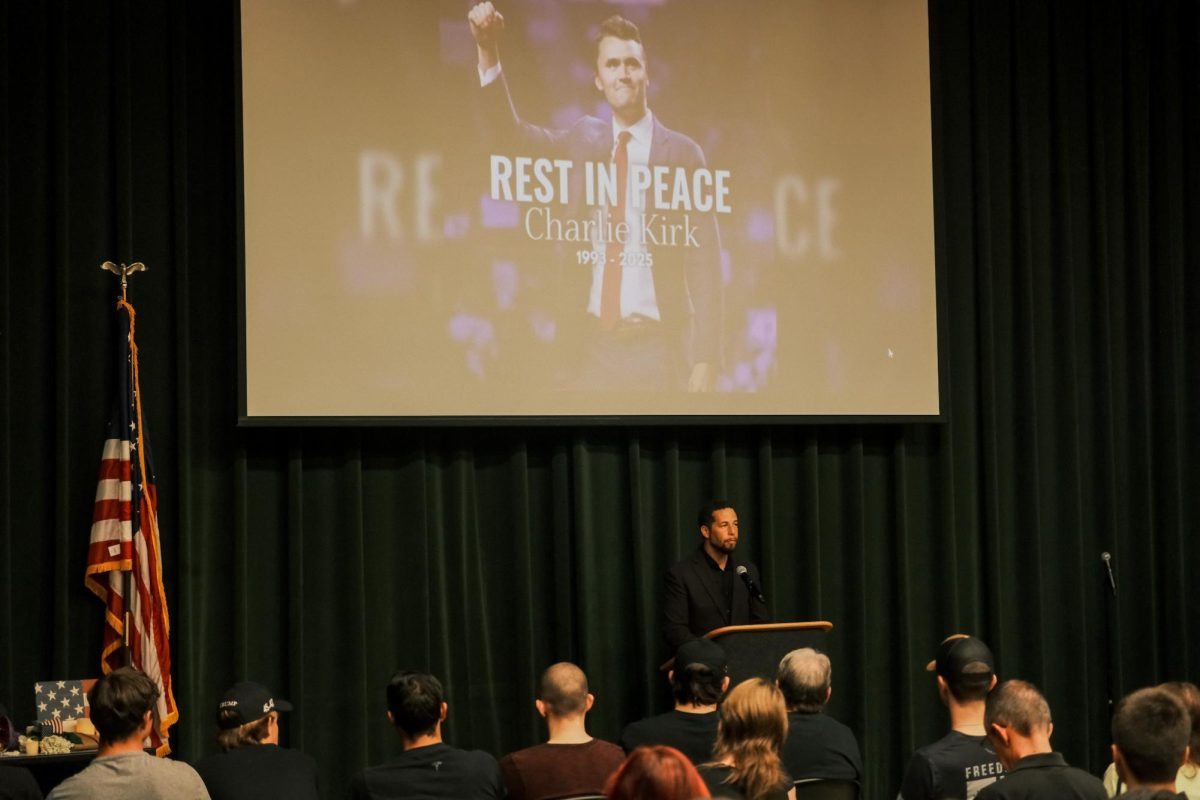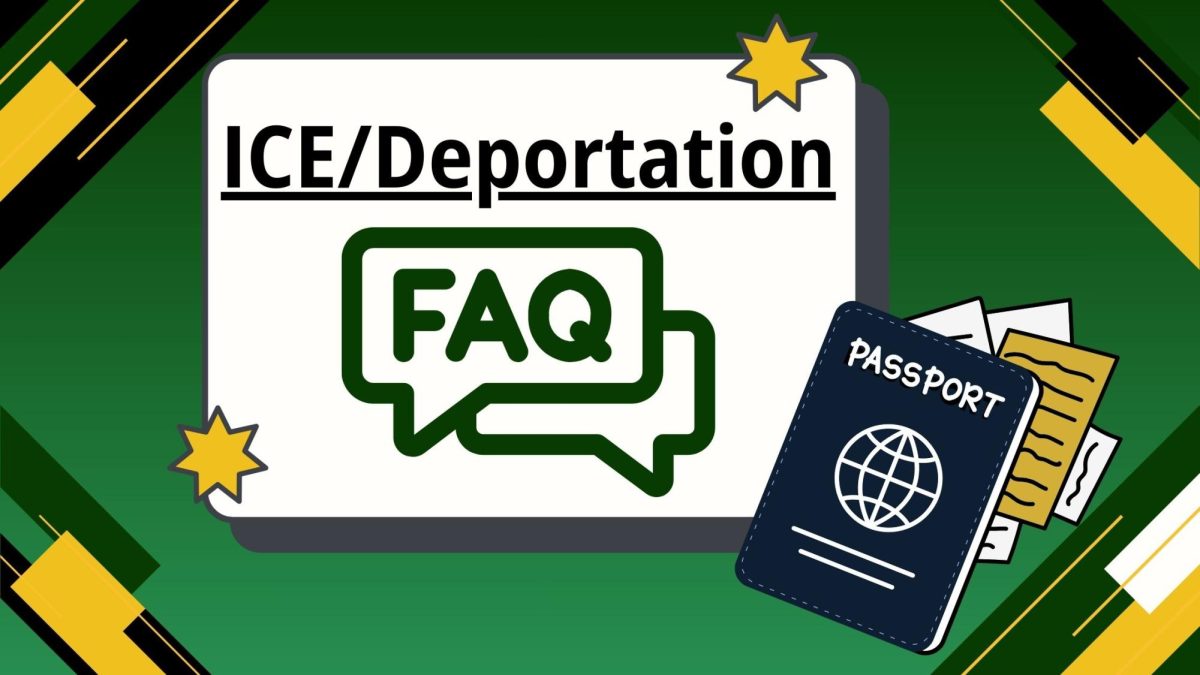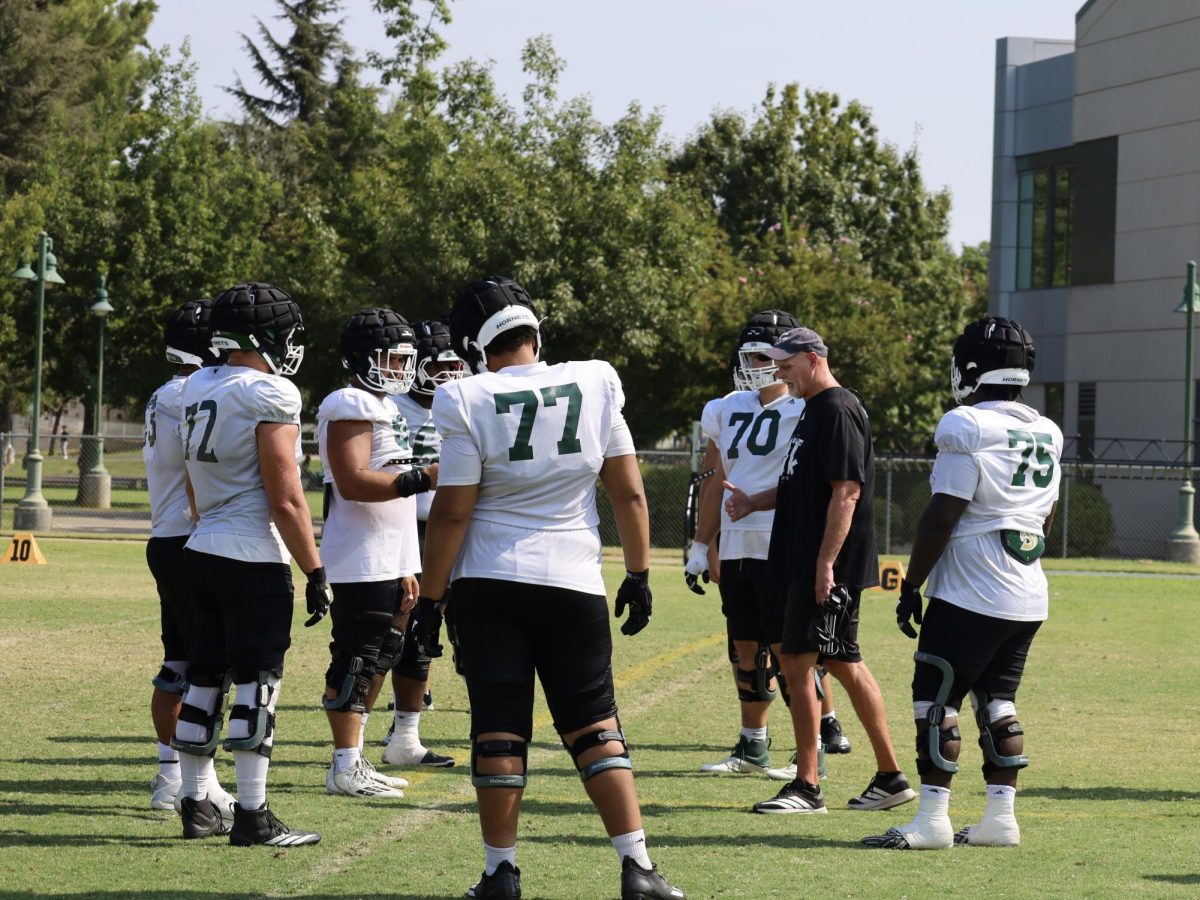Halloween candy myths – no tricks just treats
October 31, 2013
Everything you know about the dangers of Halloween are lies.
Granted, we’re talking mostly about candy. You’ve probably experienced the following scene at least once.
“You can’t have your candy until I’ve checked it,” your parents would say. No matter how much you implored them that there was no real danger, they remained stoic, leaving no Skittle unchecked.
They were only trying to be good parents, your night’s bounty could have been poisoned or tampered with by whatever the Halloween equivalent of the Grinch is.
Unbeknownst to them though is that most of the stories of Halloween candy being tampered with have very little basis in reality.
Most every candy myth can be traced back to a column written by Abigail Van Buren – known to most as “Dear Abby” – on Oct. 31, 1983 titled “A Night of Treats, not Tricks.”
“[S]omebody’s child will become violently ill or die after eating poisoned candy or an apple containing a razor blade,” Van Buren wrote, stirring up the proverbial cauldron.
Mind you, there have been very few incidents of razorblades found in apples and candy, but in almost every occasion the tampering could be seen at a less than cursory glance.
Then there’s the issue of lacing candy with poison. For almost 30 years, University of Delaware sociologist Joel Best has kept an eye on allegations of strangers poisoning halloween candy. The big surprise – Best hasn’t found one confirmed instance of a stranger poisoning a trick-or-treater yet.
There were a few outliers, such as the case of Ryan Clark O’Bryan who poisoned kids in Texas in 1974. However, he poisoned his own children – not complete strangers – in attempts to claim a $400,000 insurance policy.
Halloween still brings real dangers to trick-o-treaters and grown ups alike. An analysis of U.S. government data found that 115 pedestrians under 18 were killed on Halloween from 1990 to 2010. The culprit wasn’t a tainted Snicker’s bar, it was a car.
The biggest culprits of hitting kids with their cars on Halloween were young drivers, spanning the ages of 15-25. They accounted for one third of all driving related fatalities.
If you’re going to be out driving Halloween night, be mindful of sugar high kids in costumes who may dart into the street at any given moment. Also be especially mindful of text-crazy teens who are even more riskier than their younger counterparts.
But rest assured: as far as tampered candy is concerned, most of what we’ve been told is absolute fertilizer. Binge on Halloween candy to your hearts content.






























































































































